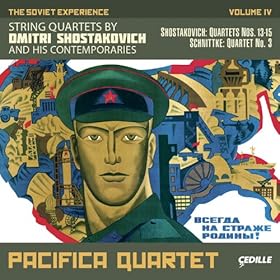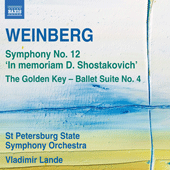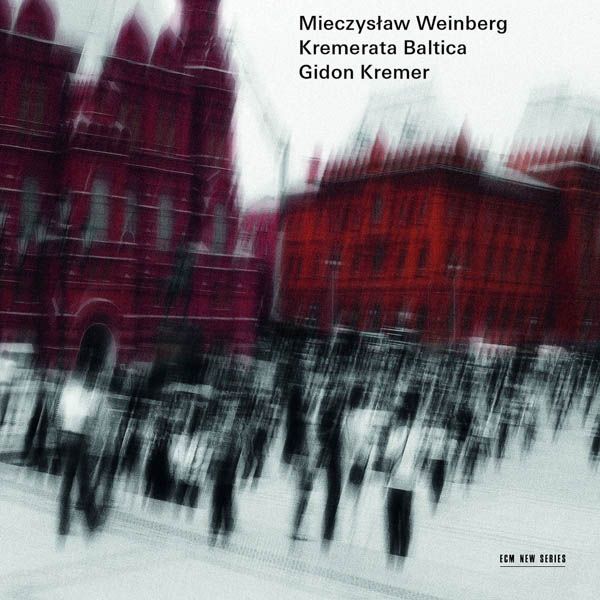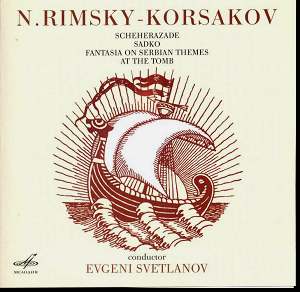As a christmas present to myself, I ordered this album at the end of the university term a week or so ago. Having had a few days to listen through and digest it, I can assert that it is a fine album, one which should have a welcome place on any chamber music-enthusiast's shelf.
The works featured are as follows:
Concertino for Violin and Piano, Op. 42 (i.e. piano reduction from the orchestral part)
Sonatina for Violin and Piano, Op. 46
Rhapsody on Moldavian Themes for Violin and Piano, Op. 47/3
All three are closely related - having been written in the years 1948/9, a period of upheaval in Soviet music, Weinberg included. New clamp-downs were placed by the Soviet Composer's Union, and several of Weinberg's works were black-listed. Despite this, Weinberg continued to write with a focus on chamber music and folk-tinged works, including the Rhapsody on Moldavian Themes, featured here.
It is certainly an attractive CD package, featuring many photos of Weinberg, and images taken from the manuscripts of the works themselves. Nowicka provides liner notes, in English translation by Dorothy Holland, which leave a little to be desired, proof-reading errors aside. There are several factual errors, and a large focus on Weinberg's significance for Poland; in addition to this, I would have liked to have seen more details about the recorded works themselves. Not that these notes diminish the quality of the release - the booklet more than makes up for it with several excellent photos of Weinberg from across his career. The album's media patrons are TVP Kultura, Radio Merkury, Twoja Muza magazine and Culture.pl. The RecArt label is an entirely independent label.
The playing is excellent throughout, providing interesting contrasts to the existing recorded repertoire. This is the first recording of the concertino with piano accompaniment (to the best of my knowledge), and Antoniewicz takes on the role of accompanist admirably. Indeed, the quality of this performance is grounds to argue for the quality of this work as a recital piece alongside the orchestral platform.
The Sonatina is an intriguing work, having waited more than five years until its first performance. It is closely related to another Weinberg Sonatina, the Op. 49 for piano, as well as the Fourth Sonata for Piano, Op. 56. Nowicka's and Antoniewicz's performance is thoroughly convincing, with an added warmth lacking from other recordings.
As for recording on the disc, it is generally excellent. The quality tends towards warm and spacious, though the piano is occasionally engulfing, almost stifling for the soloist.
The final work, the Rhapsody on Moldavian Themes, will be familiar to many - one of Weinberg's most famous works, and a concert favourite of Oistrakh's. For the dance-like flurry that follows the introduction, Nowicka takes a tempo erring on the side of 'safe' - all the playing is solid and sure, but it lacks the excitement present on other recordings.
Overall, an excellent disc, with many revealing and fresh interpretations. My highlight is the concertino with piano that opens the disc, a fine case for presenting this work in an intimate concert environment. The other works are given solid interpretations, with fresh and warm qualities, perhaps wanting for an edge of excitement but otherwise excellent.
See the following link to the RecArt label's homepage, with previews for each of the works link.
--------Recommended further listening---------
Amsterdam Sinfonietta, Candida Thompson (Leader and Soloist) [Channel Classics]
- For the Concertino, an excellent recording by the ensemble that gave the European premiere.
Yuri Klanits, Violin, Michael Csányi-Wills, Piano [Toccata Classics]
- For an exhilarating interpretation of the Moldavian Rhapsody.





























